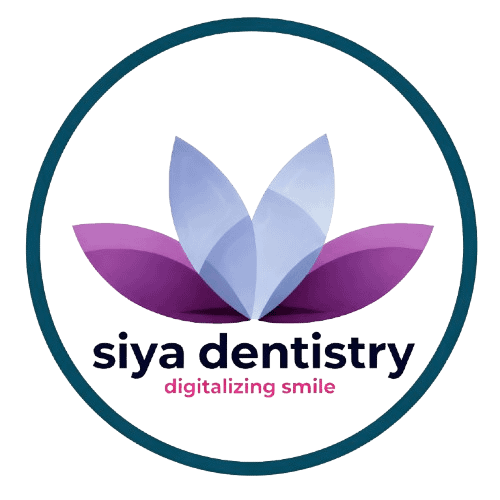“சிலிக்கான்” அளவு
நிரந்தர பல்வைப்பதற்கு நாங்கள் “சிலிக்கான்” அளவு எடுக்கும் முறையை பயன்படுத்துகிறோம்
இந்த முறையால் “அல்ஜினேட் “அளவில் வரும் குறைகளை தவிர்க்க முடிகிறது
“தரமான அளவெடுக்கும் முறை தரமான செ யற்கைப்பல்”
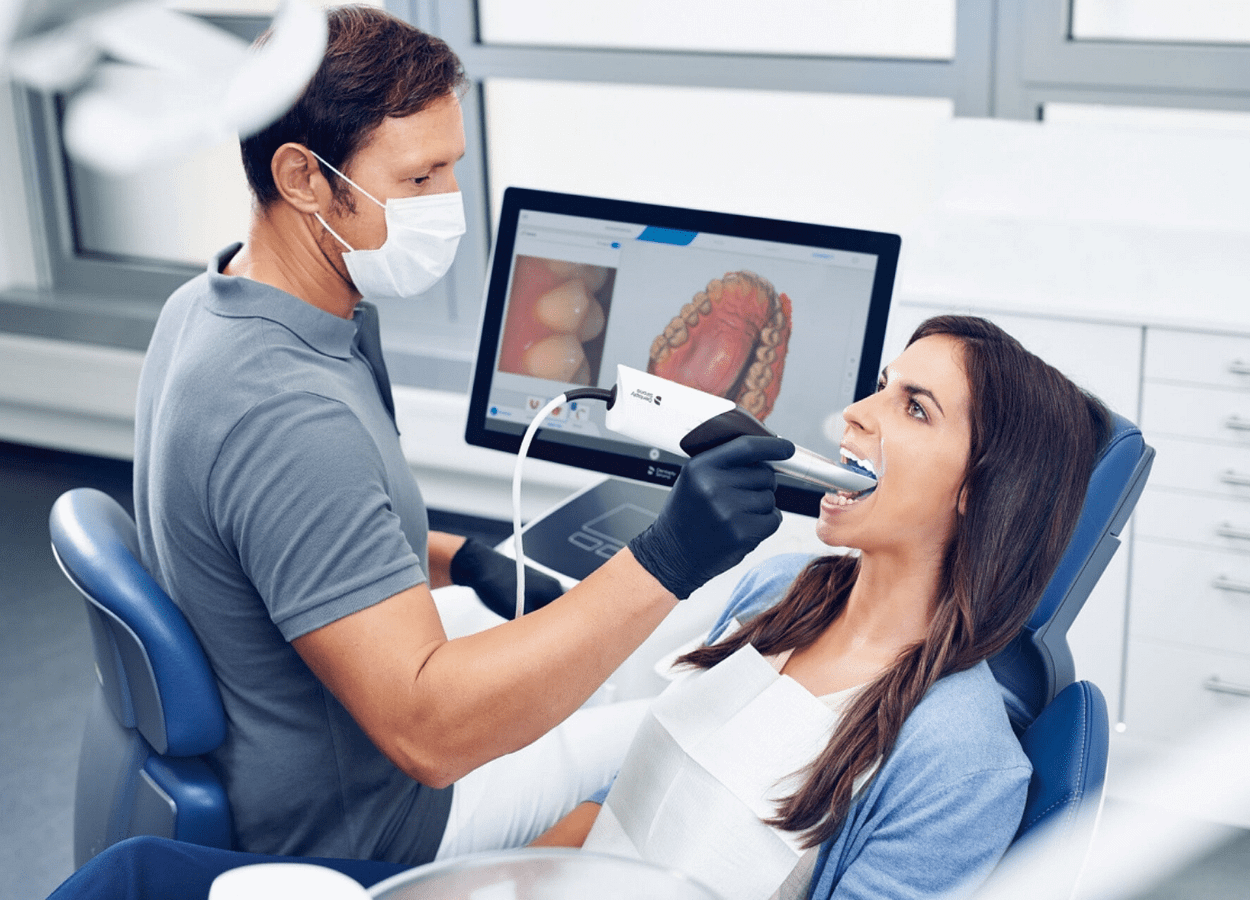
Digital scan now in siya
Experience precision and comfort with Digital Impressions at Siya Dental Clinic! Our cutting-edge technology captures highly accurate 3D images of your teeth, eliminating the need for messy traditional molds. Enjoy a faster, more comfortable process with superior results.
OLD IS GOLD
METAL CROWN
There are several metals that can be used in dental crowns, including gold, palladium, nickel and chromium. Metal crowns rarely chip or break, last the longest in terms of wear down and only require a small amount of your tooth to be removed. They can also withstand biting and chewing forces. The metallic color is the main drawback of this type of crown. Metal crowns are a good choice for out-of-sight molars.
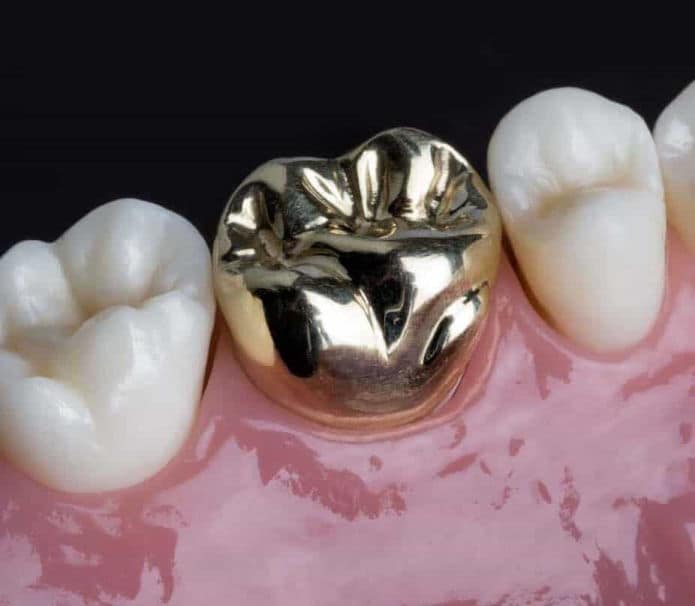
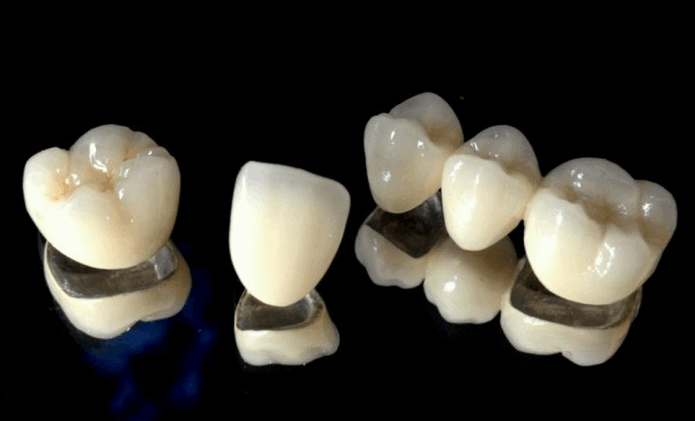
METAL CERAMIC CROWN
This type of dental crown can be matched to the color of the teeth that’s next to the crown. They have a more natural tooth color. However, sometimes the metal under the crown’s porcelain cap shows through as a dark line. Other cons include the chance of the crown’s porcelain portion chipping or breaking off and the crown wearing down the teeth opposite it within the mouth. This wear on the other teeth specifically affects the teeth that come into contact with the crown on the top and bottom of your mouth when it’s closed. Porcelain-fused-to-metal dental crowns can be a good choice for front or back teeth.
QUALITY
EMAX PRESSCAD NOW IN SIYA
These types of dental crowns provide the best natural color match compared to any other crown type. They’re also a good choice if you have metal allergies. However, they aren’t as strong as porcelain-fused-to-metal crowns. They can also wear down the teeth opposite them in the mouth a little more than metal or resin crowns. All-ceramic crowns are a good choice for front teeth.
EMAX PRESS,CAD NOW IN SIYA
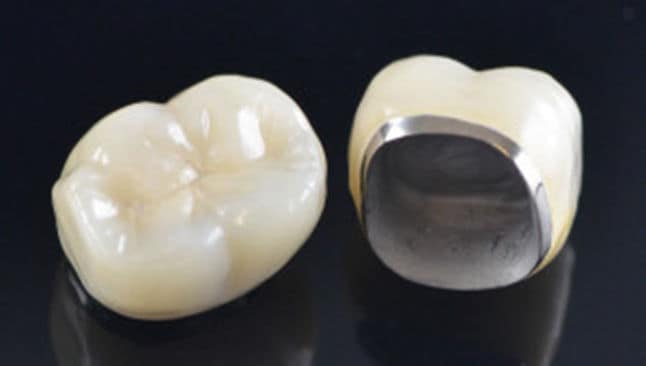
METAL CERAMIC |DMLS
DMLS is also a good option if zirconia seems expensive. DMLS is a type of metal ceramic crown but the metal part of it is fabricated by laser sintering machine. While zirconia is completely CAD fabricated that is machine fabricated. Zirconia has better esthetic over DMLS. Strength wise both are similar.
ZIRCORNIUM MONOLITH
Nearly indestructible. Carved out a single block of Zirconium crystal (hence the name monolithic), these crowns are baked at ultra-high temperatures. As a result, the crowns become extremely tough. Their ability to withstand wear and tear, compared to other materials used in dental prostheses, is unparalleled.
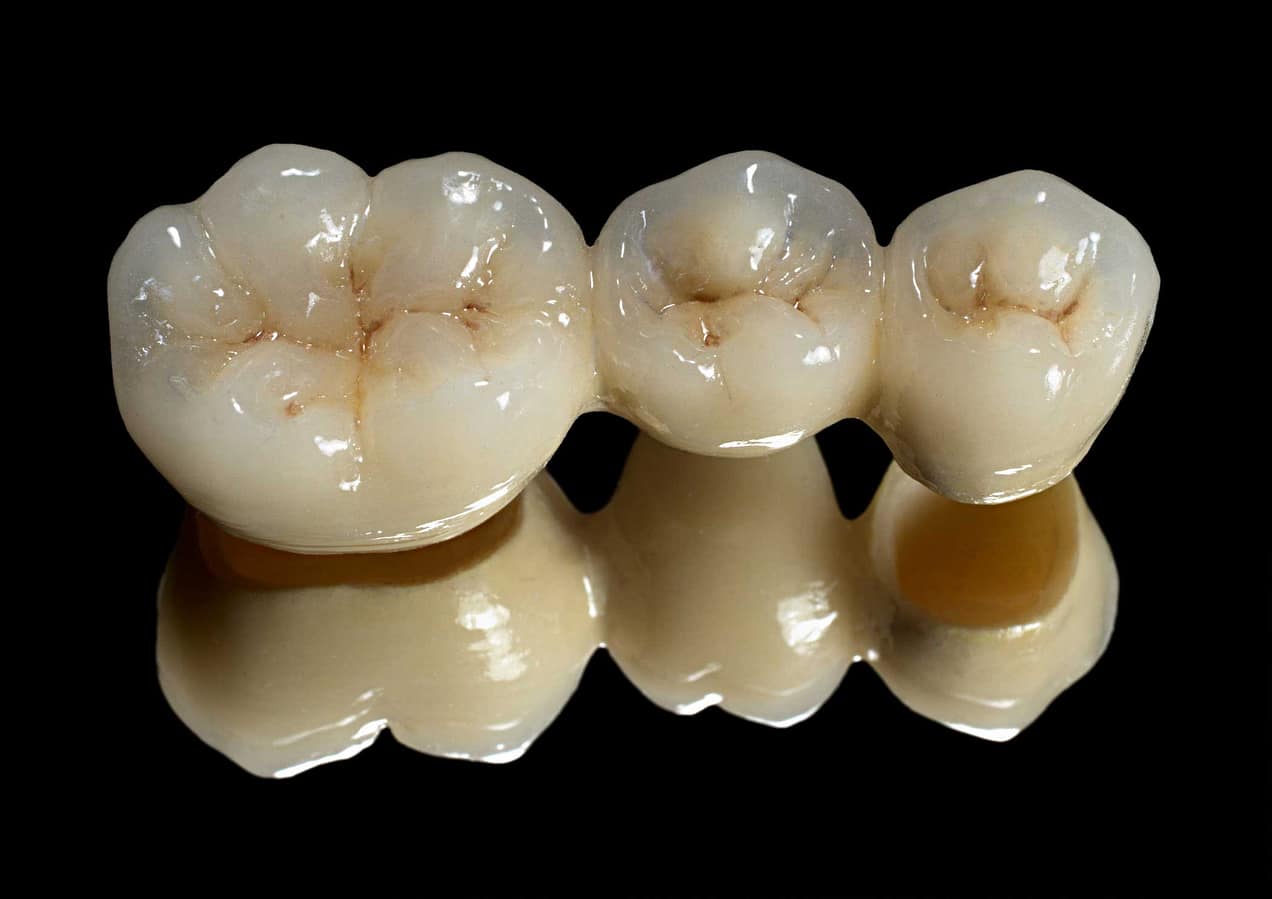
ZIRCONIUM WITH FACING CERAMIC
Porcelain fused-to-zirconia (PFZ) involves fabricating a full-contour zirconia crown. A window on the face of the crown is cut out so as not to compromise the strength of the zirconia. Then, an overlay of translucent porcelains are layered and baked on. External stains are applied for characterization with incredible results! PFZ is the ultimate combination of both resistance to wear and aesthetics.
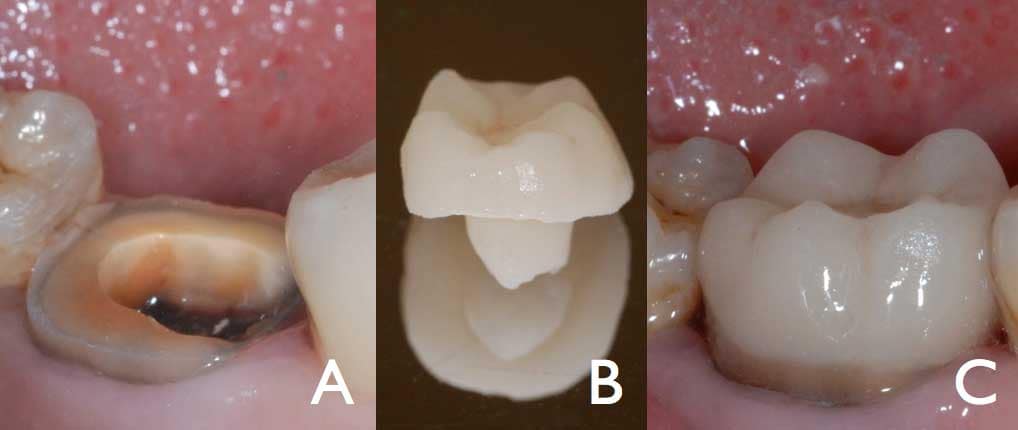
all ceramic
Endo crown
An endo crown, or endodontic crown, is a type of dental restoration used after a tooth has undergone a root canal treatment. After the root canal, the tooth may be weakened and more prone to fracture, so a crown is placed to restore its function and protect it.
Preparing the Tooth: After the root canal is completed, the tooth is cleaned and shaped to receive the crown.
Taking Impressions: Impressions of the tooth are made to ensure the crown fits properly. Digital impressions are increasingly used for accuracy.
Placing a Temporary Crown: A temporary crown might be placed while the permanent one is being made.
Fabricating the Permanent Crown: The permanent crown is custom-made, usually from materials like porcelain, ceramic, or metal.
Fitting and Cementing the Crown: Once the permanent crown is ready, it’s fitted and cemented onto the prepared tooth.
Endo crowns help restore the tooth’s strength and appearance, allowing it to function normally while protecting it from future damage.
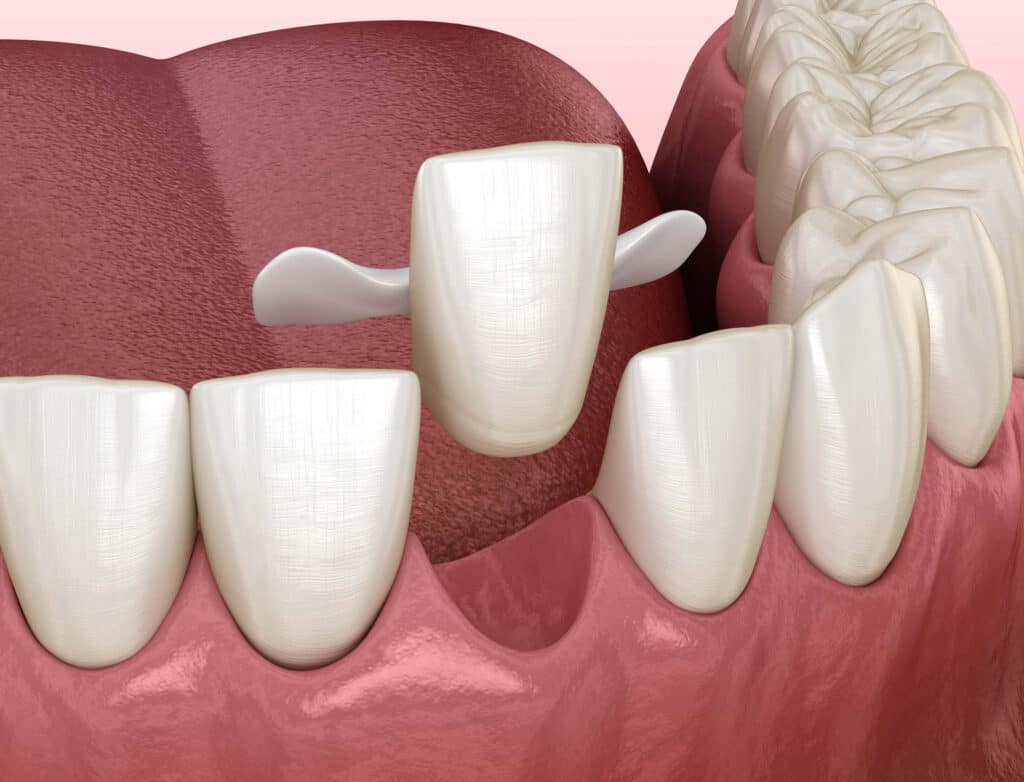
Dmls,metal ceramic
Maryland bridge
The Maryland Bridge, sometimes referred to as a Maryland Bonded Bridge, is a type of dental bridge used to replace a missing tooth. It’s a conservative option because it typically requires minimal alteration to the adjacent teeth compared to traditional bridges or dental implants.
:Preparation: The adjacent teeth (abutments) are prepared by lightly etching their surfaces to create a rough texture for the bonding material.Placement of the Bridge: The bridge consists of a false tooth (pontic) with metal or ceramic wings attached to it. These wings are bonded to the back surfaces of the adjacent teeth using a special adhesive resin.Bonding: The bridge is carefully positioned and bonded in place. The procedure is relatively quick, and there is minimal discomfort.
Advantages of a Maryland Bridge:
Conserves Tooth Structure: Minimal preparation of the adjacent teeth means less impact on their structure.
Less Invasive: Generally less invasive than dental implants or traditional bridges.
Aesthetic: Can be made to match the natural color of the surrounding teeth, making it aesthetically pleasing.
Disadvantages:
Durability: Might not be as durable or long-lasting as other types of bridges or implants.
Not Suitable for All Cases: May not be appropriate for replacing molars or for patients with significant bite issues.Maryland bridges can be a good choice for replacing missing teeth, especially in the front of the mouth where the appearance is more visible.
